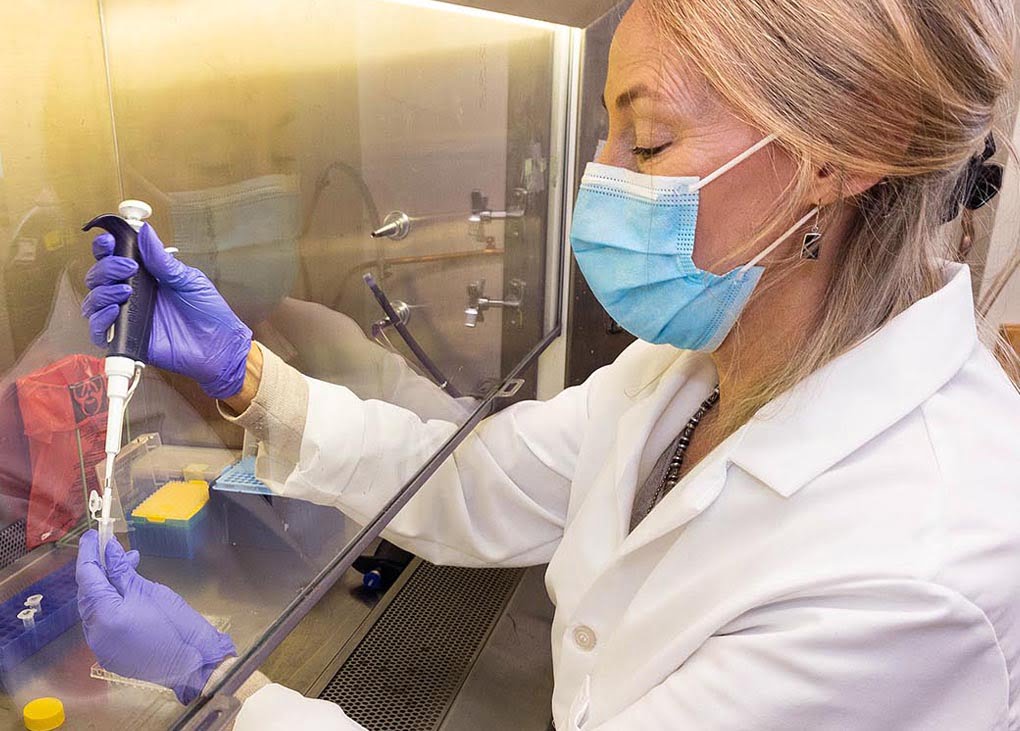Researchers at East Carolina University’s Brody School of Medicine have been attempting to detect SARS-CoV-2 in a building by testing the air passing through the HVAC systems. The team hopes this could lead to earlier detection of the virus, improved quarantine protocols, reduced transmission, and fewer outbreaks.
Researchers collected samples from two large student dormitories where there were no confirmed cases, as well as from an isolation suite housing students that had tested positive for COVID-19. Samples were taken several times per week for more than three months, beginning in January 2021.
The team collected a total of 248 air samples via four different collection methods that deposited samples into small filters, saline solutions and cartridges. These were then preserved and transported to a lab for real-time polymerase chain reaction (RT-PCR) analysis.
The testing revealed the presence of SARS-COV-2 in the isolation suite air samples 100 per cent of the time. In the dormitories where students were not already in COVID-19 isolation, the virus was detected 75 per cent of the time when students on the same floor later tested positive to COVID-19 via nasal swab.
Although wastewater has been tested to detect the virus, air sampling has not yet been used in this way. The team believes that implementing building air sampling on a broader scale could allow for earlier detection of the virus, particularly in shared spaces.
“Detection in air provides advance notice of potential exposures in specific locations within a building,” says Mike Van Scott, Interim Vice Chancellor for East Carolina University’s Division of Research, Economic Development and Engagement.
“It was fortuitous that SARS-CoV-2 could be detected in wastewater, but the next respiratory virus that we encounter may not be as stable, and detection in air would allow us to respond quickly.”
One challenge the researchers faced was capturing air samples with virus that was concentrated enough to be detected, and maintaining the virus’s stability within the samples to get it back to the lab with intact ribonucleic acid (RNA) for the PCR analysis. Access was also an issue. The team had to drill holes into the HVAC units and ductwork of three student dormitories to collect the samples.
The research was recently published in The American Journal of Infection Control and has also been promoted via the East Carolina University news services website.
Image: Dr Rachel Roper, a professor in the Brody School of Medicine’s Department of Microbiology and Immunology, tests air samples. Photo credit: Rhett Butler
 Mark Vender
Mark Vender


Leave a Reply